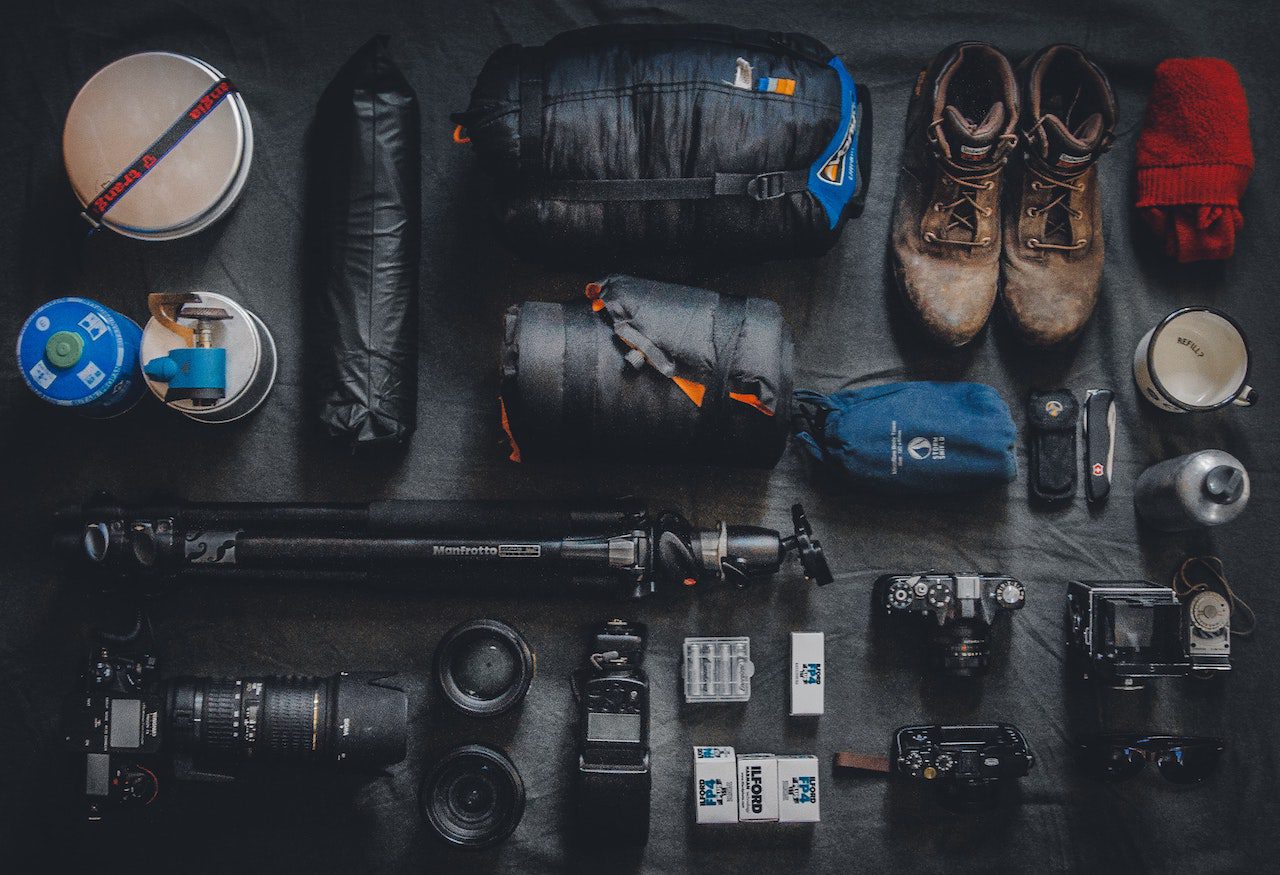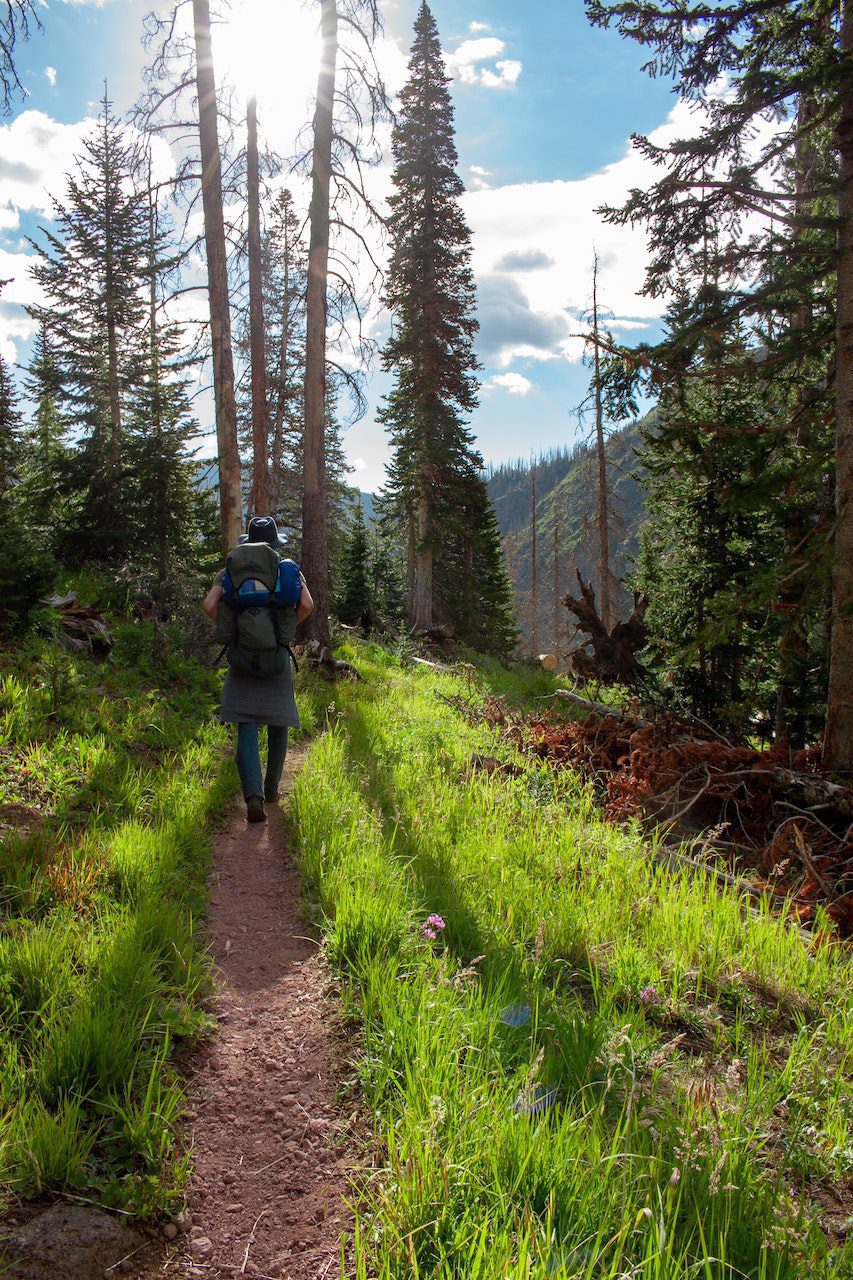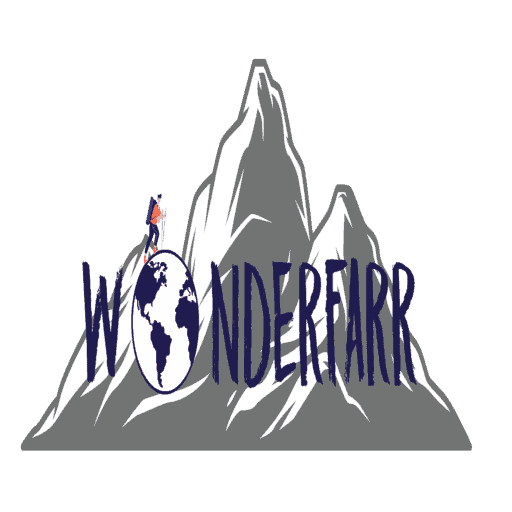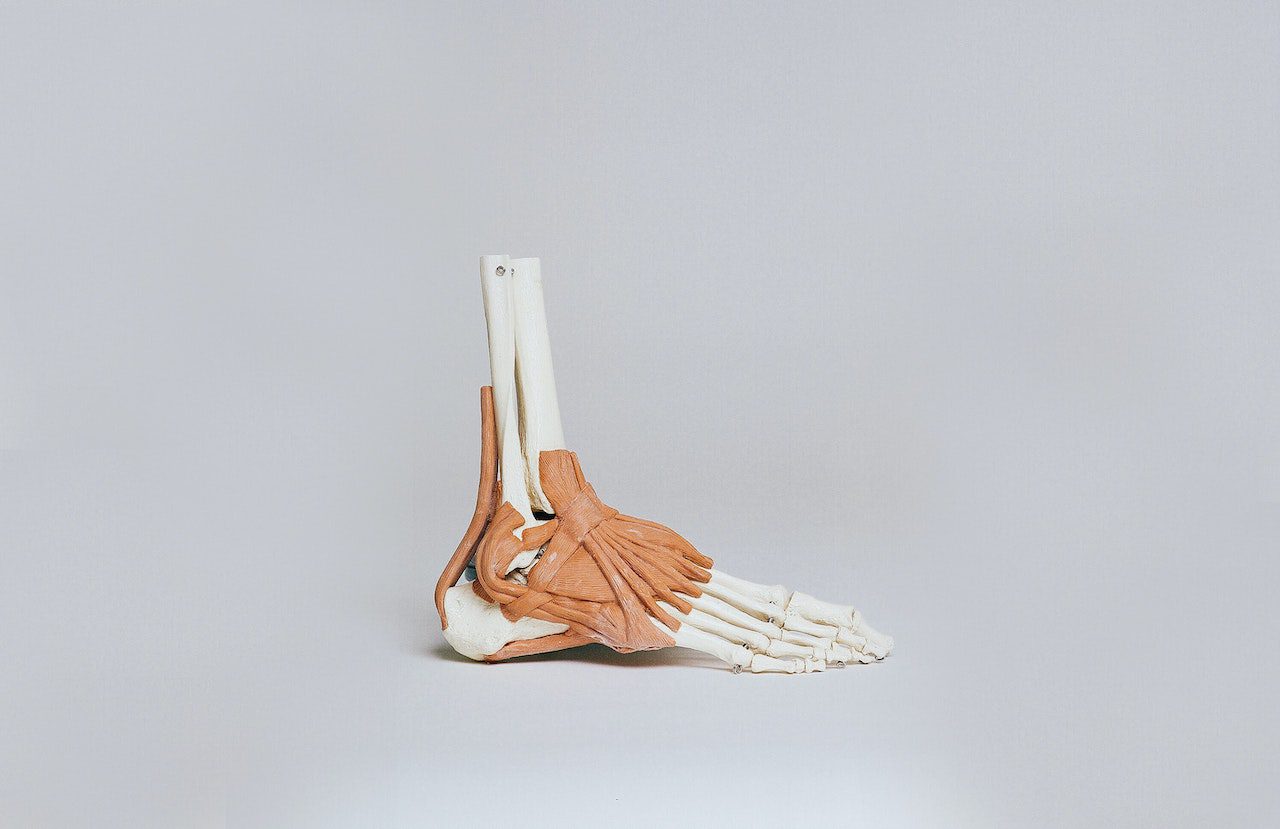
How To Carry And Treat Water When Backpacking Or Hiking:
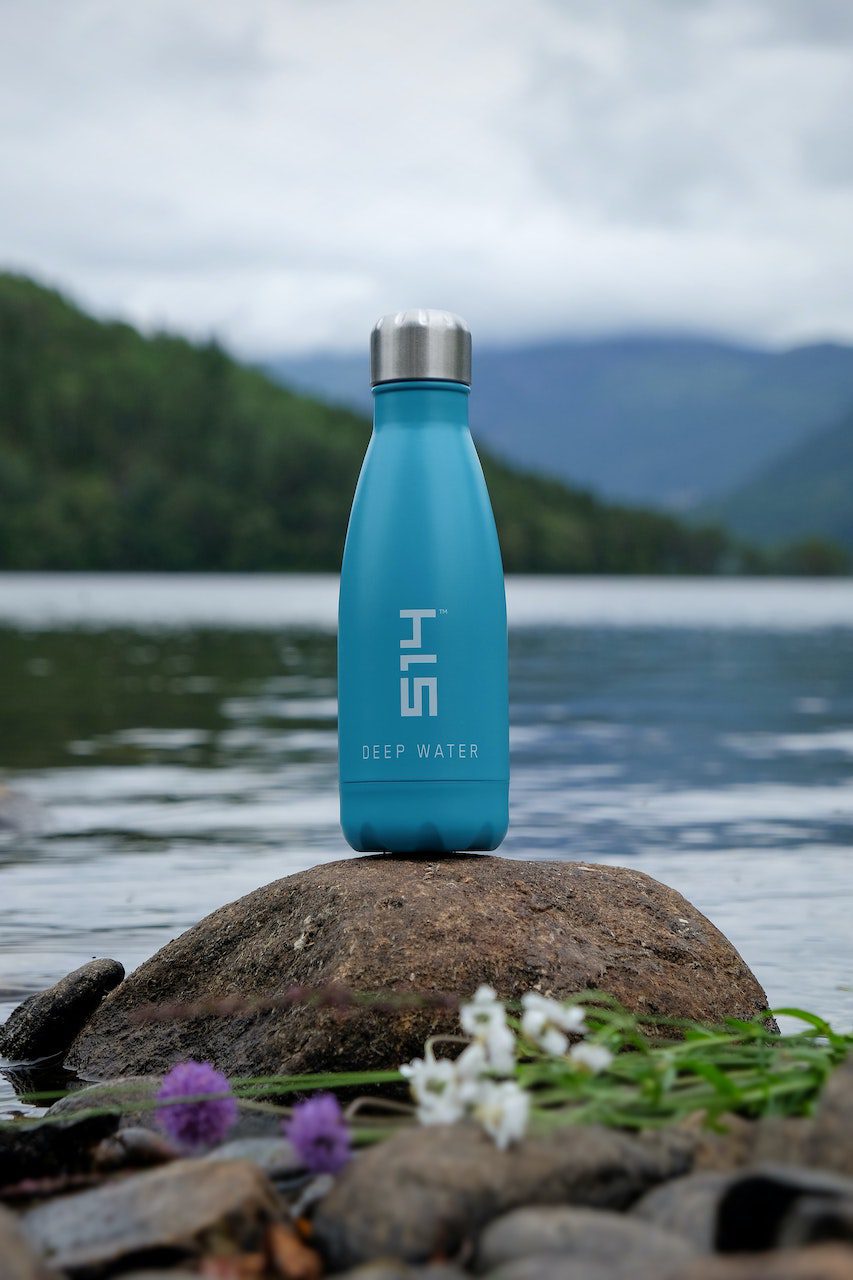
Why Is It Important To Stay Hydrated?
Whenever we are hiking or engaging in any activity that involves sweating, we must adequately rehydrate. Poor rehydration practices can lead to dehydration, which can in turn, cause muscle cramping, fatigue, dizziness, and in extreme cases, death.
What sets backpacking and hiking apart from other forms of exercise is that unlike going for a jog in your neighborhood, you can’t just grab a water bottle from a store when you are parched out on the trail. When hiking or backpacking, you are in remote regions without potable water readily accessible. Therefore, knowing how to carry and treat water when in the backcountry are vital skills for any outdoorsman.
Disclosure: This post contains affiliate links. If you purchase a product after clicking a link I will receive a commission. The price of the product remains the same if you purchase through the link or not.
How Much Water Do You Need To Bring When Backpacking?
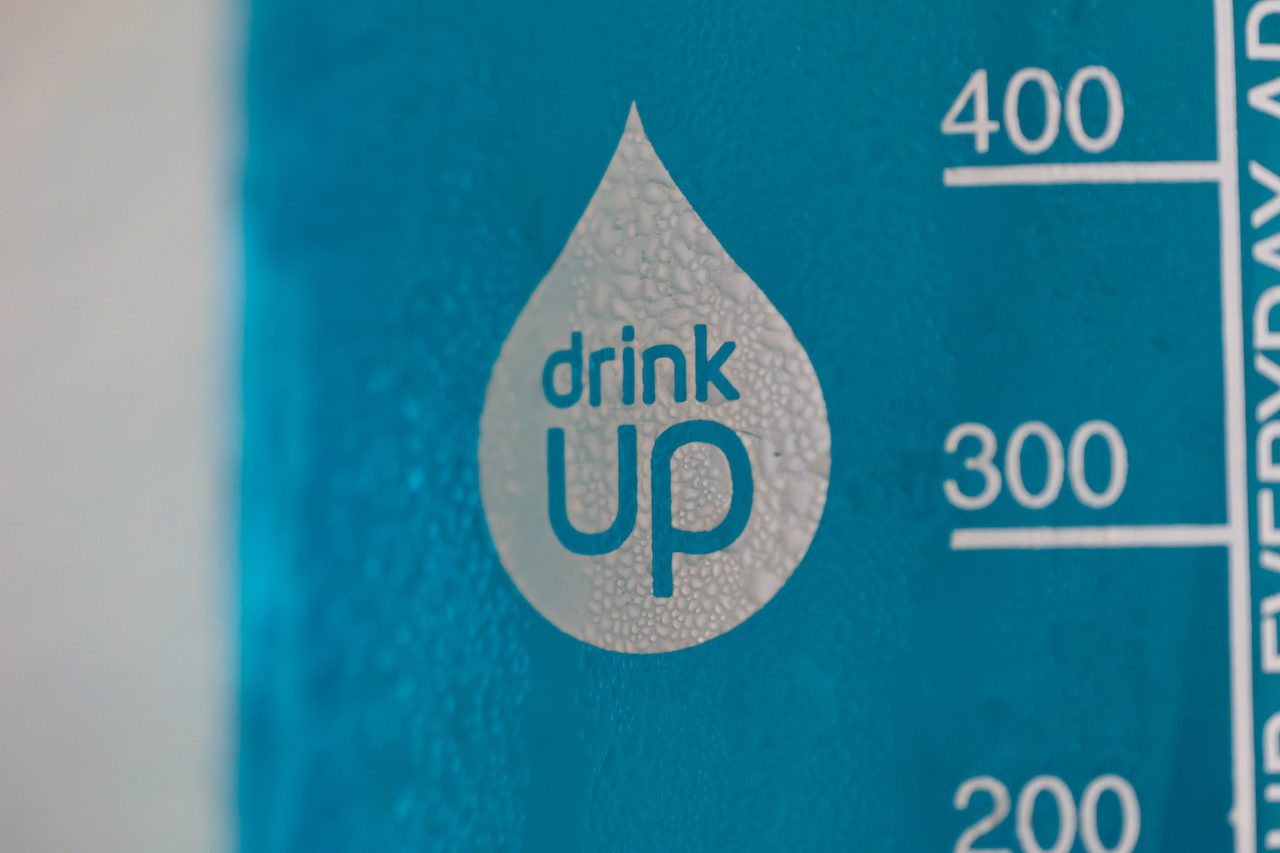
Before we get into how to carry and treat our water, how much do we need? The answer constantly changes depending on the situation, as there are many variables to consider when planning how much water you need.
- How Far You Are Hiking: The longer you’re trekking, the more you will sweat. Therefore it stands to reason that longer hikes will require more water to stay hydrated.
- Water Accessibility: You should familiarize yourself with a park map before embarking on a hike to plan out potential water sources where you can resupply. This is especially important when hiking in desert regions, where water sources are few and far between. Sometimes hiking in a desert environment may even require you to carry all the water you will need for the trip on your person.
- Climate: If you are hiking in warmer or more humid climates, your body will lose more fluid from sweat than in cooler temperatures, so it is crucial to keep the weather in mind when planning your water needs.
- Bodyweight: Size is a commonly overlooked factor when planning on how much water to take on a backpacking trip. Someone with more bodyweight generally carries around more water than someone with less.
I personally carry three liters of water on me total with the expectation that I will resupply during a backpacking trip. As mentioned, the amount of water you need will vary based on many factors, so I would always check with a park ranger on conditions and appropriate water preparation for the time of year you are visiting the park.
Is Water Enough?
Is water all you need to keep you adequately hydrated on the trail? I used to think it was until I started hiking longer distances, then I realized I was frequently cramping and easily getting fatigued despite constantly drinking water.
Eventually, I learned that although I was frequently rehydrating with plain water, I neglected to properly replete my body’s electrolytes. Electrolytes such as sodium and potassium are crucial for sustaining long periods of repetitive aerobic exercise such as hiking.
I recommend adding an electrolyte tablet or powder to your water bottle or bladder to make sure you are correctly repleting your electrolytes while out on the trail. Some that work well for me are:
Water Resupply
Where To Resupply Water When Backpacking?
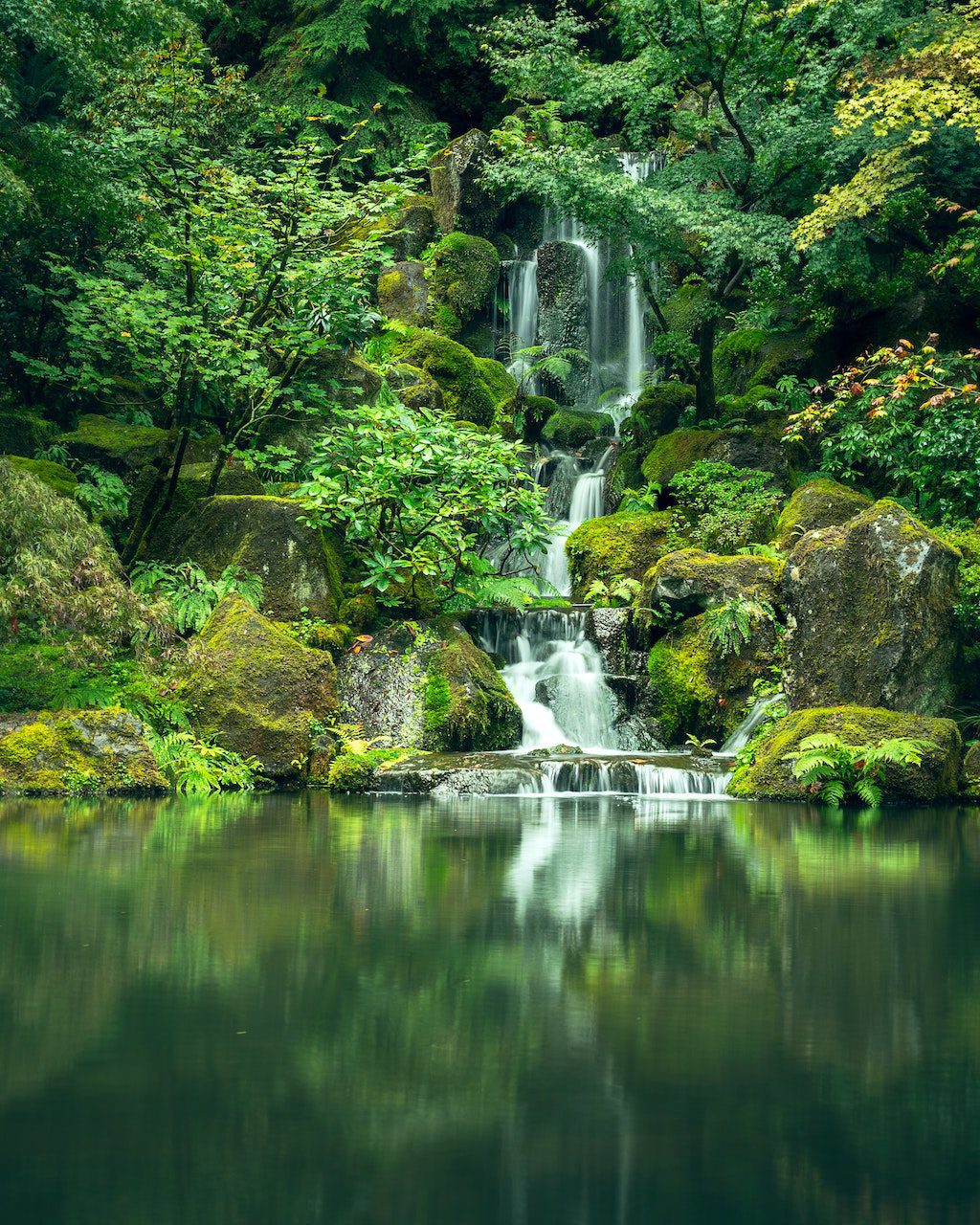
When on a multi-day backpacking trip, it is not feasible to carry all of the water you need to drink during the trip in your backpack. Therefore you must rely on local water sources. Ideally, you want to get water from a fast-moving stream or river as these are generally cleaner and give less opportunity for bacteria to grow than the still water of a pond.
Do You Need To Treat Water While Backpacking?
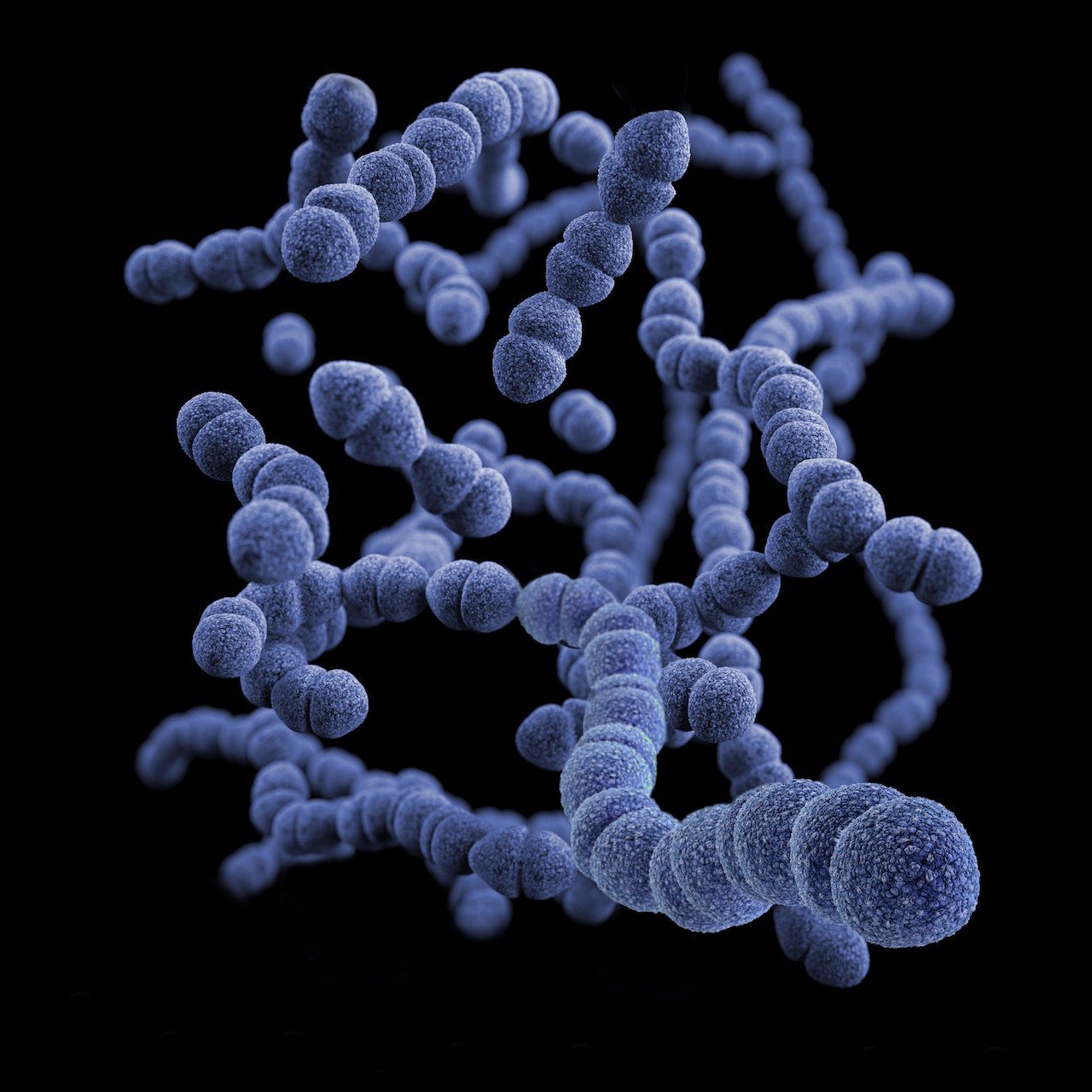
Yes, you MUST treat your water before drinking it. The reason for this is that untreated water can contain parasites, viruses, or microbes that can wreak havoc on your digestive system.
Purifications Vs Filtration
Before we get into how to treat our water we first need to go over the important difference between water filtration vs purification.
Water filtration is filtering the water using a barrier technique which is commonly effective for larger debris, particulates, and bacteria however it often misses smaller organisms such as viruses.
Water purification is purifying the water typically through a chemical that will remove the smaller organisms like viruses.
How Do You Treat Water When Backpacking?
There are four methods to filtering water when in the backcountry:
- Treat it with purifying drops or tablets.
- Mechanical Filtration
- Ultraviolet Light purification
- Boiling
Water Treatment With Purification Drops Or Tablets:
Treatment with purification drops or tablets is a method that relies on a chemical reaction to kill any bacteria, viruses, or parasites in your water. Before treating your water with these methods, you need to make sure you perform a basic filtration of your water by using a piece of cloth such as a buff to keep out larger debris from entering your water bottle. Two popular options for this version of water filtration include:
The Rundown:
- Wait time to drink: 15 Minutes
- Cost: $
- Ease of use: Very easy just place drops and wait.
- Taste: Has a metallic aftertaste
- Upkeep: None
The Rundown:
- Wait time to drink: 30 Minutes
- Cost: $
- Ease of use: Very easy just drop tablets in and wait.
- Taste: Has a metallic aftertaste
- Upkeep: None
Pros
- Cheap
- Easy to do
- Lightweight
Cons
- Gives water a metallic aftertaste.
- Requires waiting for water to be treated.
Pump Filtration:
Using a pump relies on mechanical filtration that removes the debris and particulates such as harmful bacteria and protozoa from the water. A pump filter usually requires having a separate bag that you use to capture unfiltered water. After you have your unfiltered water, you will need to attach the filter to the bag and squeeze the bag to push the water through the filter and into your water reservoir or mouth.
One nice feature is that some pumps can be attached to water bottles or even the hose of a water bladder, so you can filter the water as you drink it.
There are many different water pumps out there(many of them extremely bulky), but my number one choice is the Sawyer mini pump below:
The Rundown:
- Wait time to drink: None
- Cost: $
- Ease of use: More time-consuming if manually filtering water each time.
- Taste: Like regular water!
- Upkeep: Requires regularly backwashing the filter to remove filtered debris and particulates from prior uses.
Pros
- Cheap
- No aftertaste
- Lightweight and smaller than traditional pumps.
- Can drink water immediately after filtration.
Cons
- More tedious to filter water if not drinking directly from the filter.
- Risk of malfunction with bag breaking if you squeeze too hard.
- Requires upkeep
- Will not remove smaller bugs like viruses.
UV Light Filtration
This process uses UV rays from a lamp light to kill harmful bacteria, viruses, and protozoa in your water. It ist as easy as dipping the light into your water and holding it there for the specified amount of time. If you are interested in this type of filtration check out the following product:
The Rundown
- Wait time to drink: 48-90 seconds
- Cost: $$$
- Ease of use: Very easy just wave the light around the water until prompted to stop.
- Taste: Like regular water!
- Upkeep: Battery operated
- ***Can only filter up to 1 Liter of water at a time***
Pros
- No aftertaste
- Lightweight
- Can drink water shortly after treatment.
Cons
- Expensive
- Can only limit 1 liter of water at a time making it inconvenient to use with water bladders as they often hold more than 2L. You would need to make sure your bladder is not holding more than 1L.
Boiling Water To Treat It:
Boiling water as a means of filtration should only be used as a last resort if one of the above methods has failed. Boiling water is a tedious and time-consuming process and would be extremely inconvenient when backpacking. Not only does it require carrying a large pot around to boil your water, but you also need to wait for the water to cool off after boiling.
Rules With Boiling Water:
According to the CDC, you must have water at a rolling boil for 1 minute if under 6,500 ft in elevation and 3 minutes if over 6,500 ft elevation.
How To Carry Water When Backpacking/Hiking:
Okay, now that we learned how to resupply and filter our water, how do we carry it all? Fortunately, there are several different methods that you can go with when it comes to transporting your water during your hike.
I try to carry a minimum of three liters of water when backpacking, usually consisting of a two-liter bladder and a Nalgene bottle(as previously mentioned this can change depending on the regions I am hiking).
Water Bladder:
Water bladders are a bag-like reservoir typically stored in a pouch in your pack. These bladders carry anywhere from two to six liters of water. While they can get heavy when full, they are good to have when going on longer-distance treks as you can sip as you hike rather than stopping each time you need a sip of water.
The Rundown:
- Water Capacity: has 2 and 3 Liter options
- Cost: $$
- In Line Filtration: (aka can you connect a filter to the hose)
Nalgene Water Bottle:
Nalgene bottles are a classic with the hiking community. These nearly indestructible water bottles typically carry about a liter of water and are very helpful when cooking or washing up after a long day’s hike.
The Rundown:
- Water Capacity: 1L
- Cost: $
- It’s a water bottle but indestructible.
Plastic Water Bottle
One of the other options available for carrying your water around is a run-of-the-mill plastic water bottle. I found that these are not great for backpacking trips because of their lower volume but for a day hike they can work quite well.
Drink Up!
Water is something we all need no matter where we are. I hope this article helped you answer your questions water storage and treatment in the backcountry.









